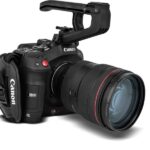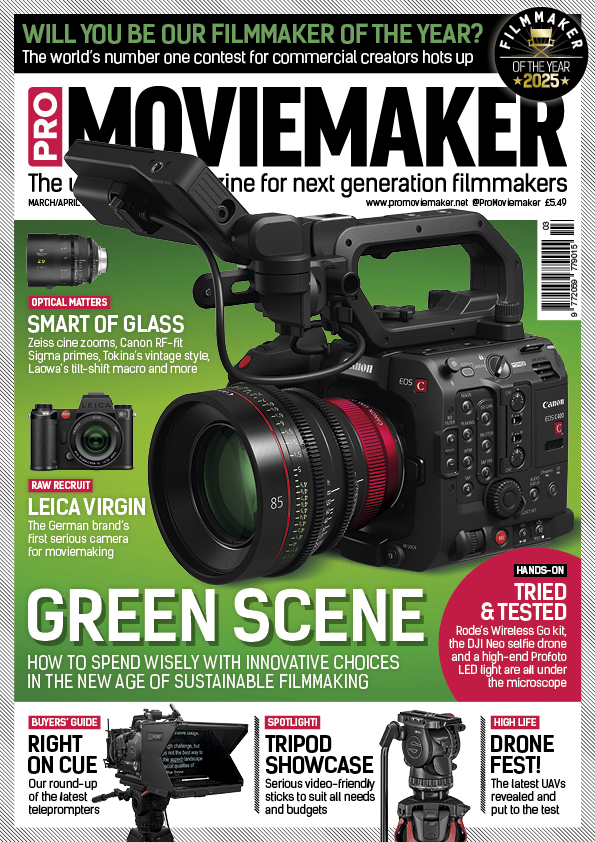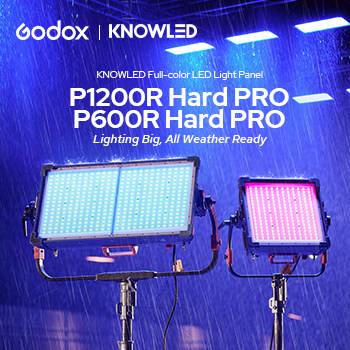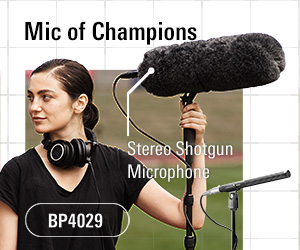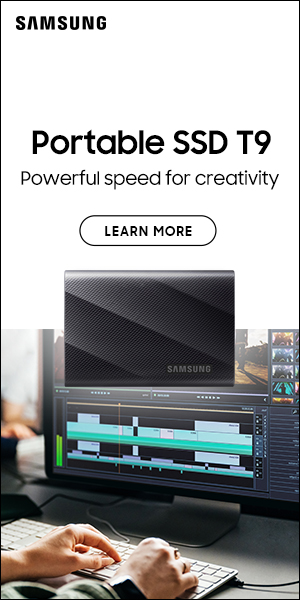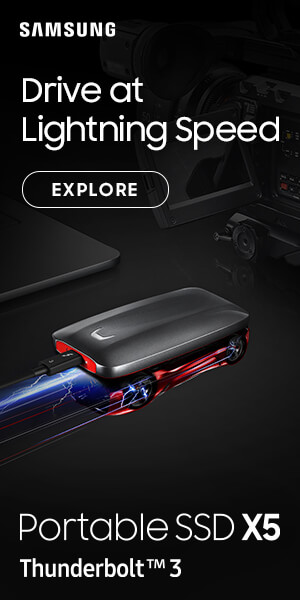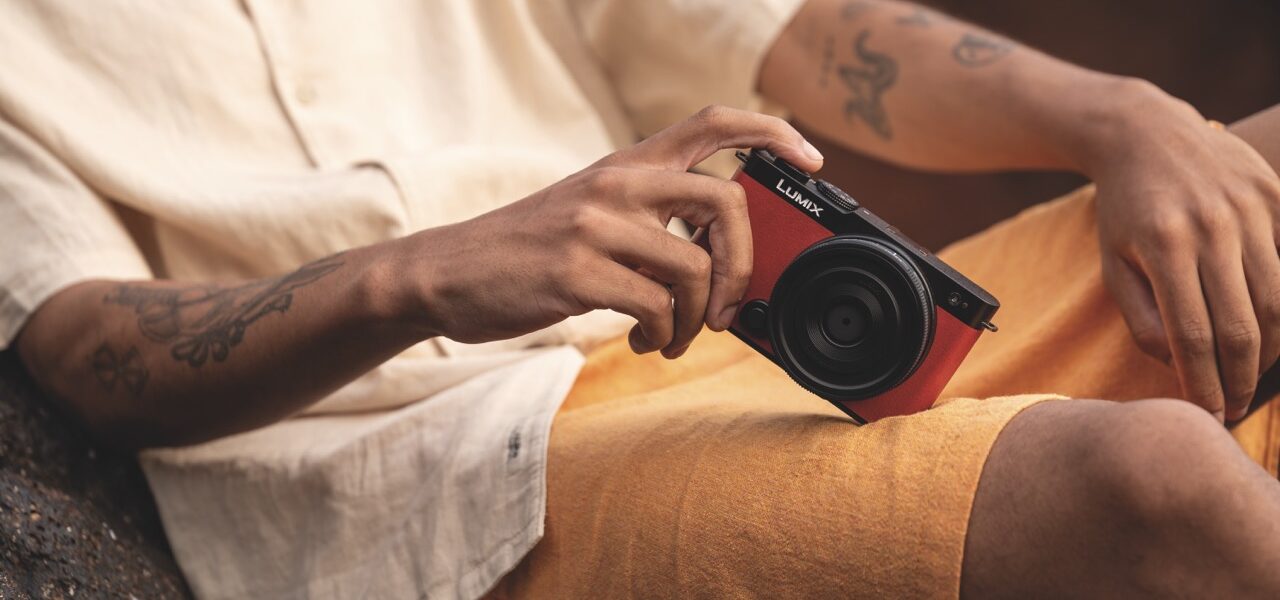
Big Test: Panasonic Lumix S9
Posted on Sep 28, 2024 by Pro Moviemaker
A lut to like
The full-frame Lumix S9 is the first camera to feature a dedicated Look-Up Table button
Words Roger Payne
Whether you’re a filmmaker, photographer or perhaps somewhere in between, Panasonic’s Lumix S9 appears something of a bargain. For £1499/$1498 body-only, it offers a full-frame 24.2-megapixel sensor as used in the S5 II, which brings with it a host of benefits like finer control over depth-of-field and impressive low-light capabilities. And to hammer home its filmmaking credentials, it’s the first mirrorless camera to have a dedicated LUT button.
Naturally, you can’t make a full-frame camera at this price point without some compromises, but the only obvious miss is a viewfinder. For stills this isn’t great, but it ’s certainly more desirable for filmmakers.
Viewfinder aside, the on-board specs are impressive, considering Panasonic’s target audience for the camera. It’s been aimed squarely at social media content creators, presumably frustrated by the limited functionality and lower quality from their smartphone. The four colours the camera is available in also suggests a tilt to a more Gen Z demographic. Choose from Jet Black, Dark Olive, Classical Blue or Crimson Red.
With these users in mind, the camera introduces a new MP4 Lite mode, which creates files that can be easily transferred to a phone for social sharing. MP4 Lite still gives you 4K 10-bit open gate recording but only at 30p or 25p. It was tricky to discern any real difference between that and standard MP4 footage, but pixel-peepers may be more forensic. Using conventional settings, the S9 has a dual-native ISO sensor with bases at 100 and 640 ISO, can shoot in anamorphic and offers 6K/30p 4:2:0 10-bit recording as well as C4K/60p in 4:2:2 10-bit.
Also new is a free companion app called Lumix Lab. Available for Android and iOS, it allows fast file transfers from camera to phone and a modicum of editing prior to posting online. Videos (and photos) can be cropped, brightness adjusted or a LUT applied.
The app also provides access to LUTs made by Creators, which can be downloaded and applied to files or uploaded to the camera for future use. It’s a great way of being able to add extra functionality and they can all be previewed in the app so you know what you’re getting. The LUT button on the back of the camera makes them simple to access once transferred.
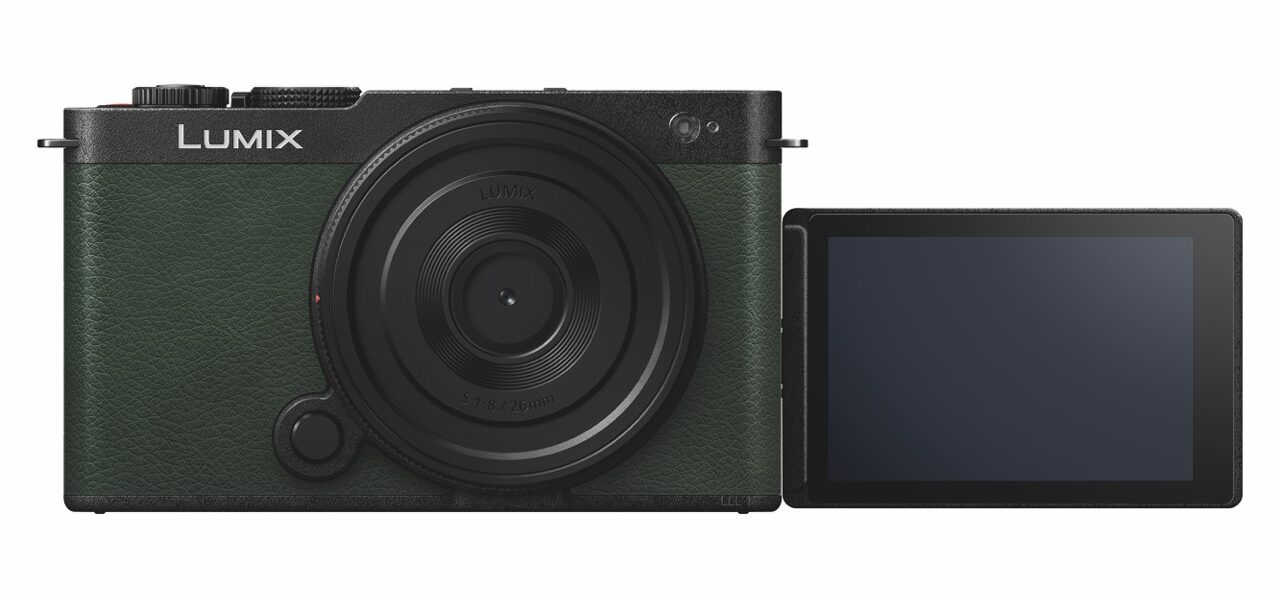
Of course, if you want to do more than post content to social media in the shortest time possible, there’s plenty of video functionality to go at. In many cases, the S9 offers a similar spec level to the S5 II, including Log recording.
Compact and lightweight, the Lumix S9 is eminently portable but the body does lack any obvious grip for more handholding security. Five-axis in-body image stabilisation does offer assurance in this respect. On its own, IBIS provides up to five stops of compensation, but add a lens with optical image stabilisation and the benefit extends to 6.5 stops.
The three-inch LCD monitor has 1.84 million dots and offers the versatility of being vari-angle so you can manoeuvre it into almost any position or spin it round to face you for vlogging. Being used to a viewfinder, I found it took time to familiarise myself with the disconnected feeling of a screen. It has to be moved away from the body for high or low angles.
The touchscreen functionality does help for function setting or selecting a point for the hybrid AF system – which combines contrast and phase detection systems – to home in on. In this respect, the camera performs well. Focus is acquired quickly for stills and is assured for movies; AI-based subject recognition technology certainly does its job well.
Like most mirrorless cameras shooting video, battery life takes a pounding and that’s certainly the case here. The provision of a USB-C socket, however, mitigates some of that problem, making it easy to charge on the go from a powerbank. I also found the camera quite slow to start up, which exacerbated this as, rather than switch off between takes, I left it switched on to not miss a moment, draining the battery quickly.
Specifications
- Price: £1499/$1498 (body only)
- Sensor: 35mm full-frame CMOS
- Sensor size: 35.6×23.8mm
- Sensitivity: ISO 100 to 51,200, extendable to 50 and 204,800
- Exposure compensation: +/-3 stops
- Bit rates: 20-150Mbps
- Resolution: 6K (3:2, 17:9), 5.9K (16:9), C4K, 4K, 3.3K (16:9), Full HD
- File formats: MOV, MP4/Lite
- Compression: Long GOP
- LCD monitor: 3in vari-angle touchscreen with 1.84m dots
- Connectivity: USB-C, HDMI Type D, 3.5mm microphone
- Media: SD/SDHC/SDXC UHS-II
- Dimensions (wxhxd): 126×73.9×46.7mm/ 4.96×2.91×1.84in
- Weight: 486g/1.1lb (with battery and memory card)
Pro Moviemaker rating: 8/10
Full-frame content creator at an impressive price point
- Pros: Quality, Lumix app, simple social sharing, advanced functions
- Cons: No grip, battery life, lack of viewfinder




